SCI Institute welcomes two new Professors in Computer Science and Mathematics
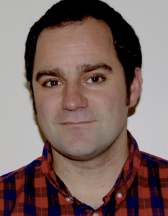 Dr. Alexander Lex, School of Computing
Dr. Alexander Lex, School of Computing
Dr. Lex received his Bachelor's, Master's, and PhD degrees from the Graz University of Technology. For the past three years he was a Postdoctoral Fellow and Lecturer at the Harvard School of Engineering and Applied Sciences. In 2011 he completed a research internship at the Computational Genomics Lab at the Harvard Medical School.He develops interactive data analysis methods for experts and scientists. His primary research interest is interactive data visualization and analysis, especially applied to molecular biology and pharmacology. His research is driven by the observation that there are many data analysis challenges that require human reasoning and cannot be solved automatically. He is also interested in Human Computer Interaction and Bioinformatics.
Utah team turns to computing to design clean oxy-coal boiler
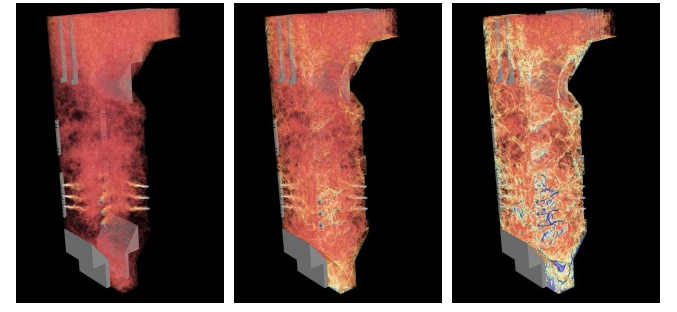 |
| A glimpse inside a coal-fired boiler. Click image to enlarge and for more information. |
Data Science: What is it and How to Teach it?
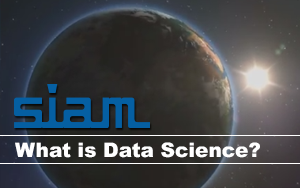 Recently, the term big data has become ubiquitous. People who can wrangle big data are called data scientists. According to a number of sources, there is a growing need for people trained as data scientists. But what is data science? Is data science its own field or is it an interdisciplinary mix of computer science, mathematics and statistics, and domain knowledge, or perhaps is it really what statisticians have been doing all along? Since data science at scale involves large-scale computation, what is the relation between data science and computational science in research and education?
Recently, the term big data has become ubiquitous. People who can wrangle big data are called data scientists. According to a number of sources, there is a growing need for people trained as data scientists. But what is data science? Is data science its own field or is it an interdisciplinary mix of computer science, mathematics and statistics, and domain knowledge, or perhaps is it really what statisticians have been doing all along? Since data science at scale involves large-scale computation, what is the relation between data science and computational science in research and education?Read the full article on the SIAM Blogs
New Method Increases Accuracy of Ovarian Cancer Prognosis and Diagnosis
Mathematical Technique Reveals Predictive DNA Patterns That Other Methods Missed
Nearly anyone touched by ovarian cancer will tell you: it's devastating. It's bad enough that cancer in almost 80 percent of patients reaches advanced stages before diagnosis, and that most patients are expected to die within five years. But just as painfully, roughly one quarter of women diagnosed have no warning that they are resistant to platinum-based chemotherapy, the main line of defense, nor that they will likely have 18 months to live.
SIAM CSE15: Record Attendance
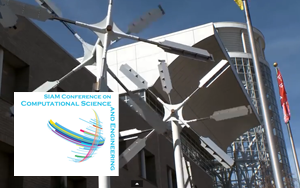 The SIAM CSE15 Co-Chairs: Hans De Sterck (University of Waterloo), Chris Johnson (University of Utah), and Lois Curfman McInnes (Argonne National Laboratory) are happy to report the conclusion of a successful SIAM Computational Science and Engineering (CSE) 2015 Conference.
The SIAM CSE15 Co-Chairs: Hans De Sterck (University of Waterloo), Chris Johnson (University of Utah), and Lois Curfman McInnes (Argonne National Laboratory) are happy to report the conclusion of a successful SIAM Computational Science and Engineering (CSE) 2015 Conference.We were happy to see many of you at the 2015 SIAM Conference on CSE which took place in Salt Lake City during the past week. With 1,700 registered participants, the conference set a new attendance record for a SIAM conference.
There were 9 invited talks, 300 minisymposium sessions, 6 featured minisymposia, 100 contributed presentations, 4 panel discussions, two minitutorials, and 300 posters.
Chris Johnson to Co-Chair and Host SIAM Computational Science and Engineering Conference
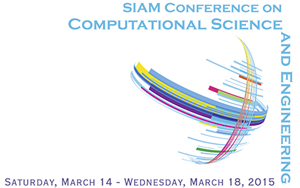 The SIAM Computational Science and Engineering 2015 Conference will be held March 14-18 at the The Calvin L. Rampton Salt Palace Convention Center, 100 S West Temple, Salt Lake City, UT 84101
The SIAM Computational Science and Engineering 2015 Conference will be held March 14-18 at the The Calvin L. Rampton Salt Palace Convention Center, 100 S West Temple, Salt Lake City, UT 84101We are expecting more than 1500 attendees. A large number of presentations will be given. See the Conference Program for details.
Both Sides of The Brain
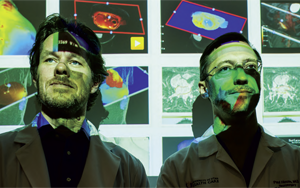 HOW UNIVERSITY OF UTAH HEALTH CARE REMAINS AMONG THE NATION'S BEST IN DEEP BRAIN STIMULATION (DBS)
HOW UNIVERSITY OF UTAH HEALTH CARE REMAINS AMONG THE NATION'S BEST IN DEEP BRAIN STIMULATION (DBS)From University of Utah Clinical Neurosciences Center Convergence (See page 12)
By Jennifer Dobner
It sounds like something straight from a scene in a science fiction film: Surgery that places a set of wires under the skull so that electrical signals can be transmitted to different areas of the brain. It's called DBS, or deep brain stimulation. And if the idea of it seems a bit wince-inducing or scary, then understanding the power of what it can do - quiet the tremors associated with Parkinson's disease and other brain disorders - will likely wash away any patient's fears.
NVIDIA Center of Excellence Renewed
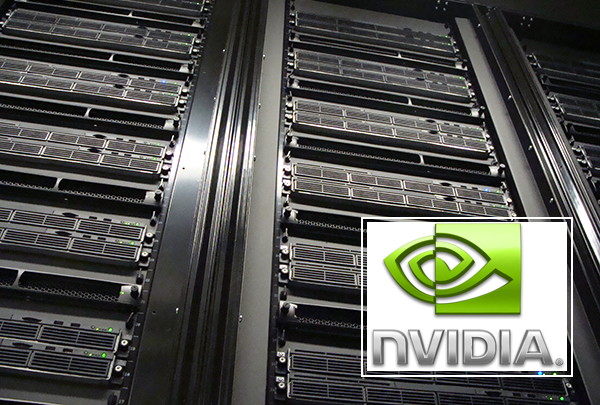 The NVIDIA Corporation, the worldwide leader in visual computing technologies has renewed the University of Utah's recognition as a CUDA Center of Excellence, a milestone that marks the continuing of a significant partnership, starting in 2008, between the two organizations.
The NVIDIA Corporation, the worldwide leader in visual computing technologies has renewed the University of Utah's recognition as a CUDA Center of Excellence, a milestone that marks the continuing of a significant partnership, starting in 2008, between the two organizations.NVIDIA® CUDA™ technology is an award-winning C-compiler and software development kit (SDK) for developing computing applications on GPUs. Its inclusion in the University of Utah's curriculum is a clear indicator of the ground-swell that parallel computing using a many-core architecture is having on the high-performance computing industry. One of twenty-two centers, the University of Utah was the second school to be recognized as a CUDA Center of Excellence along with the University of Illinois at Urbana-Champaign. Over 50 other schools and universities now include CUDA technology as part of their Computer Science curriculum or in their research.
U of U team finishes study of massive, mysterious explosion
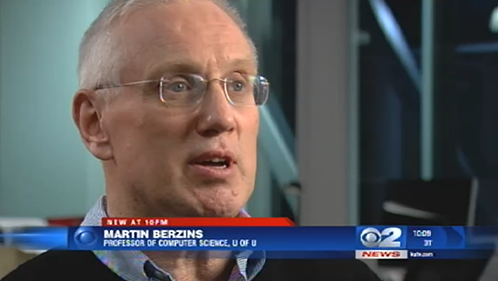 (KUTV) A team of researchers from the University of Utah is wrapping up an exhaustive five-year study looking into a mysterious explosion of a semi-truck in Spanish Fork Canyon back in 2005.
(KUTV) A team of researchers from the University of Utah is wrapping up an exhaustive five-year study looking into a mysterious explosion of a semi-truck in Spanish Fork Canyon back in 2005.The truck was packed with 35,000 pounds of mining explosives. It blew up after the truck rolled over, leaving a massive crater, 70-feet wide and 30-feet deep.
There were no fatalities but explosions like the one that happened on Aug. 10, 2005 are extremely rare. But the team of researchers is determined to prevent this type of incident from happening again.
Martin Berzins appointed Member of ASCAC
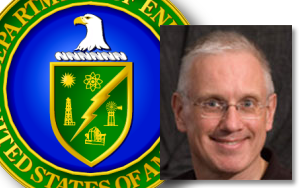 Martin Berzins has been appointed a member of the Advanced Scientific Computing Advisory Committee (ASCAC). The committee provides advice and recommendations on scientific, technical, and programmatic issues relating to the ASCAC Program.
Martin Berzins has been appointed a member of the Advanced Scientific Computing Advisory Committee (ASCAC). The committee provides advice and recommendations on scientific, technical, and programmatic issues relating to the ASCAC Program.The Advanced Scientific Computing Advisory Committee (ASCAC), established on August 12, 1999, provides valuable, independent advice to the Department of Energy on a variety of complex scientific and technical issues related to its Advanced Scientific Computing Research program.
Learn more about ASCAC
